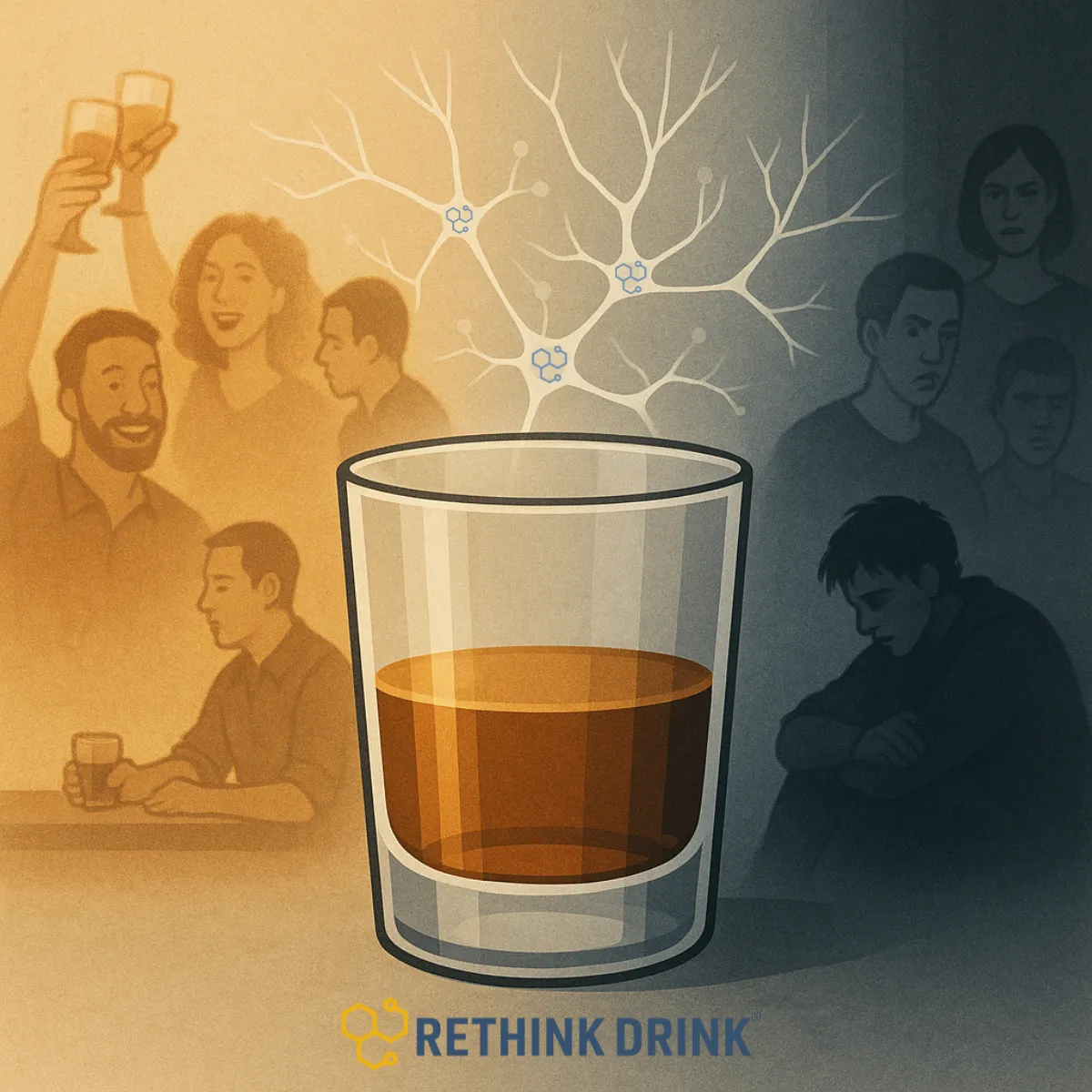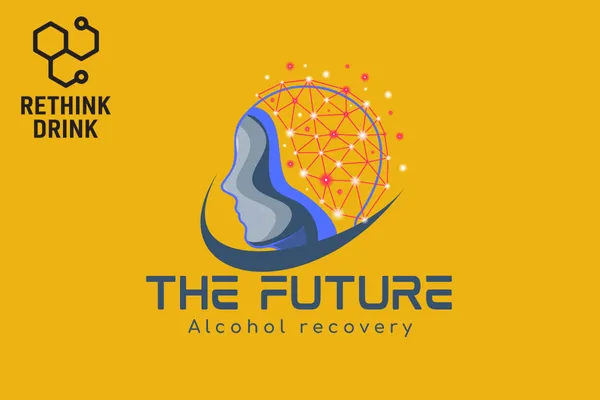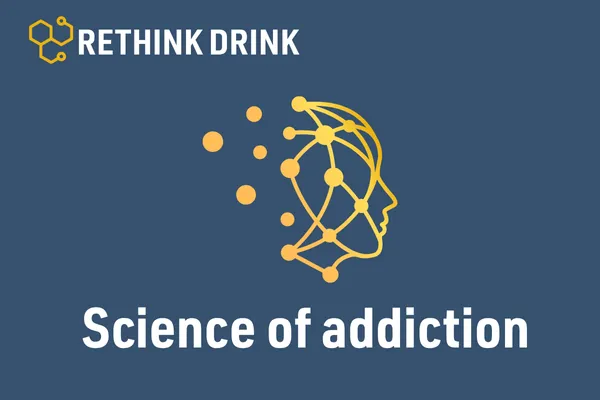Sinclair Method Studies
This article examines the scientific foundation behind TSM, drawing on nearly three decades of peer‑reviewed trials, neuroimaging research, and systematic reviews.

Society has a complicated relationship with alcohol. It’s celebrated, normalised; woven into nearly every occasion: births, business meetings, dates, parties. Yet when someone develops a problem with the same substance - reaction changes completely.

For many, the word “detox” brings up images of cold-turkey abstinence, withdrawal symptoms, and white-knuckled willpower. But what if we told you that there’s a method that flips this idea on its head?

Traditionally, the path to recovery has been abstinence — quitting entirely, often with the support of meetings, rehab, or willpower alone. But what if you’re not ready to stop completely? What if your brain isn’t letting go that easily? Enter the Sinclair Method — a medically proven alternative that’s changing how we view and treat alcohol dependency.

As we look ahead, it’s clear that the future of alcohol recovery lies not in outdated models driven by guilt and willpower, but in compassionate, scientific advancements that address alcohol use disorder (AUD) at its neurological roots.

Understanding the science of addiction is crucial for anyone on the path to recovery or supporting a loved one through it. At the core of addiction lies a powerful biochemical mechanism driven by the brain’s natural reward system—most notably, endorphins. These feel-good chemicals play a pivotal role in reinforcing behaviours, and when substances like alcohol exploit this system, the result can be a cycle that’s difficult to break.

When it comes to building healthier habits around alcohol, knowledge truly is power. Understanding what you're drinking—and how much—is the first step in regaining control. That’s where the Free Drink Calculator from Rethink Drink becomes invaluable. Whether you're just becoming sober curious or actively using the Sinclair Method, this simple, user-friendly tool offers a vital layer of insight.
